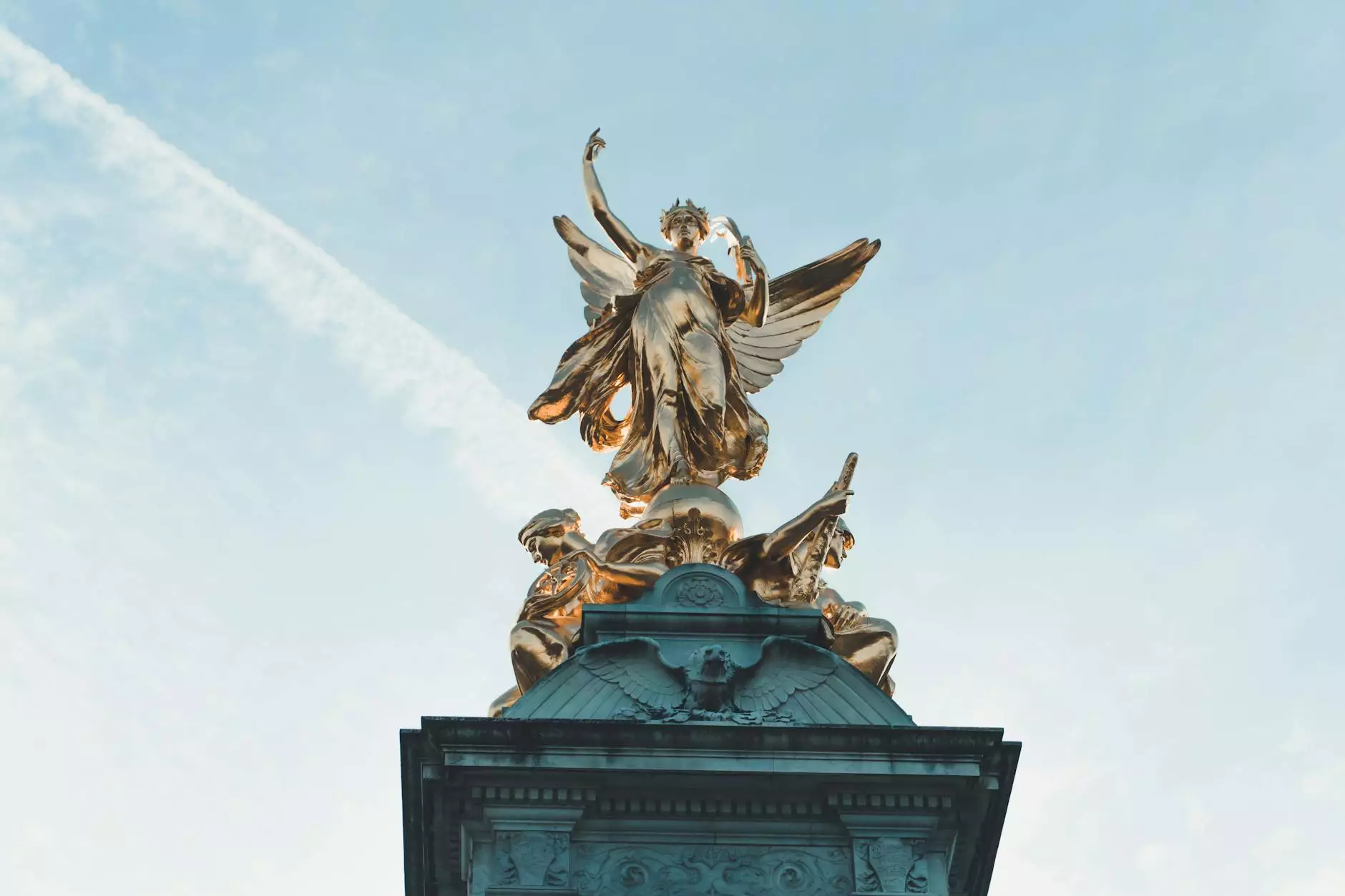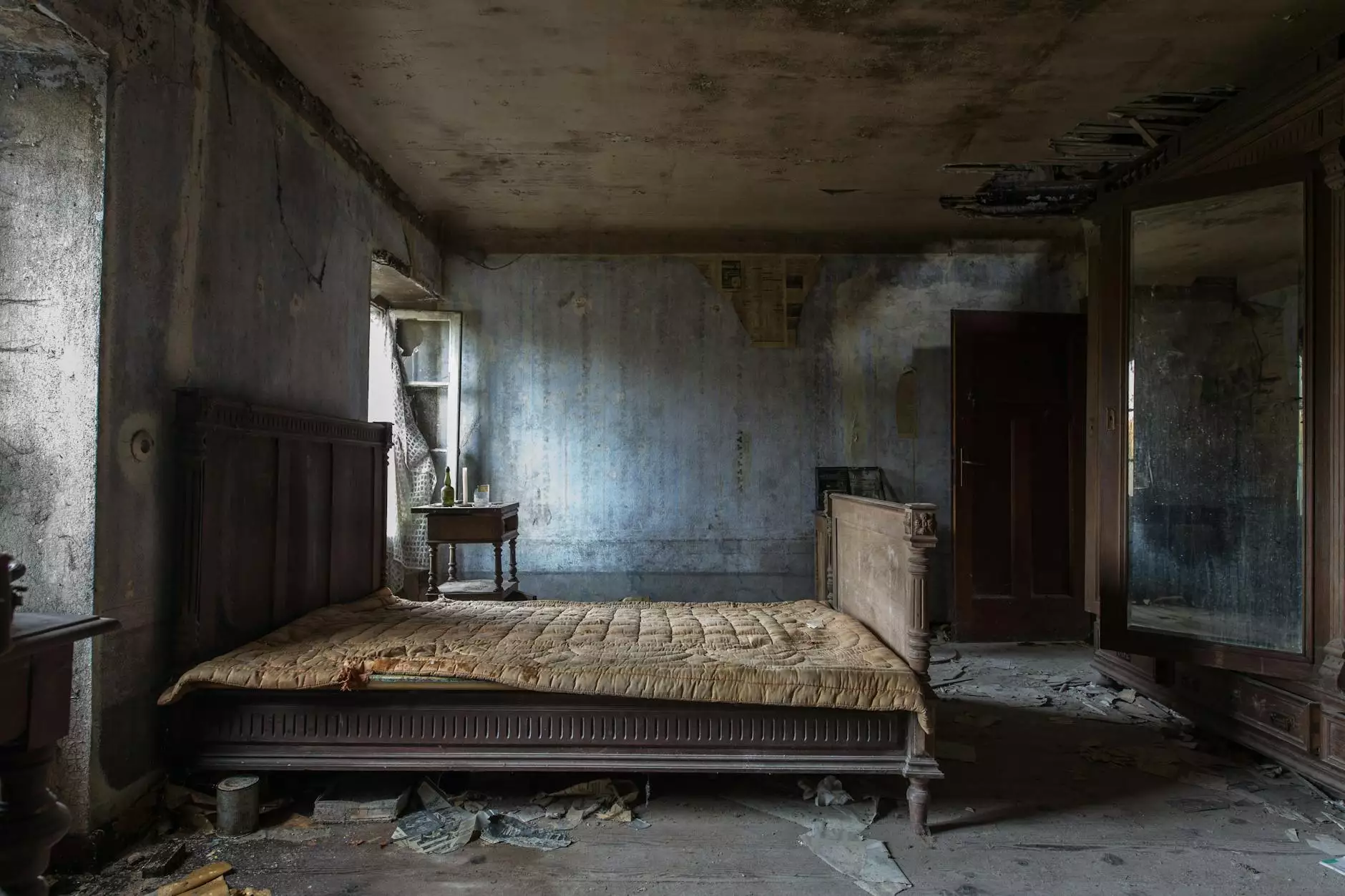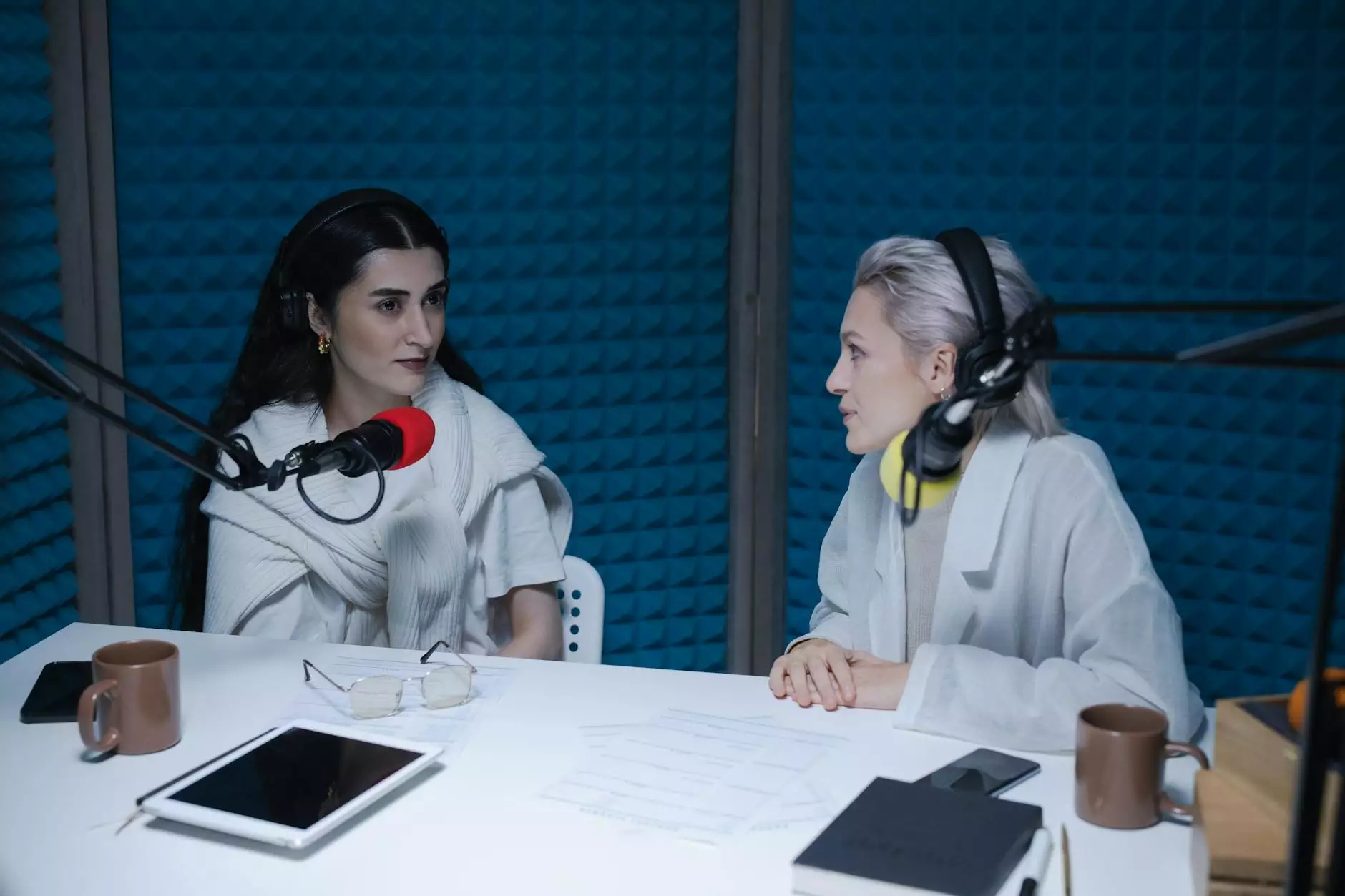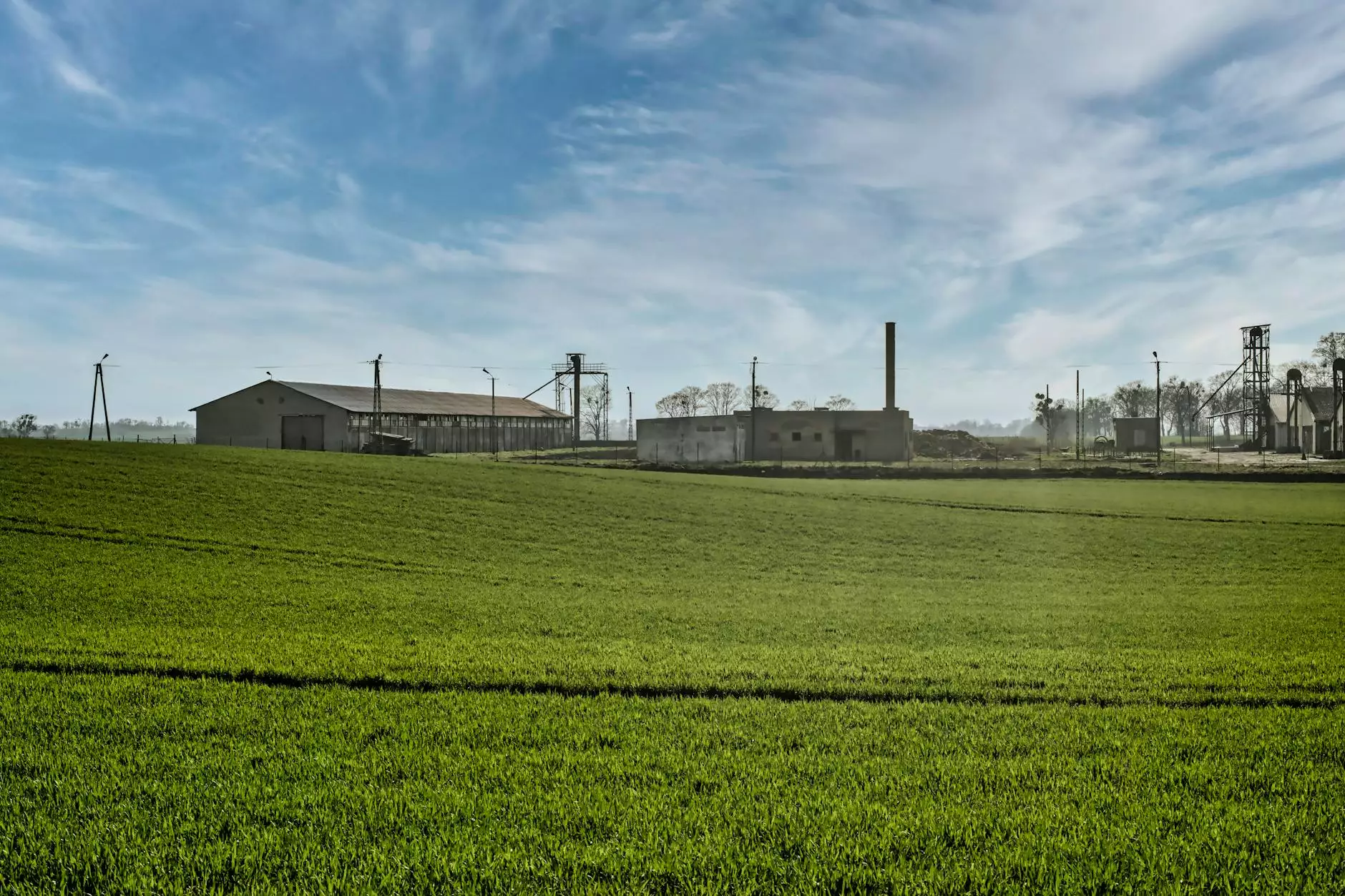Exploring the Captivating World of Light Sculpture

Light sculpture is not just an art form; it's a mesmerizing fusion of light, technology, and creativity that transforms ordinary spaces into extraordinary experiences. This innovative method of expression has gained significant traction in recent years, showcasing the brilliance of artists who manipulate light to create stunning visual narratives. In this article, we delve into the enchanting realm of light sculpture, discussing its evolution, significance in modern art, and its remarkable impact on various industries.
The Evolution of Light Sculpture
The journey of light sculpture as an art form dates back to the early 20th century. Artists began experimenting with light as a medium, often using it to challenge perceptions and create immersive environments. Early pioneers like László Moholy-Nagy utilized simple materials and natural light to explore the intersection of art and technology. Their pioneering works laid the groundwork for the vibrant phenomenon we witness today.
Influential Artists in Light Sculpture
Throughout the decades, many artists have contributed to the evolution of light sculpture. Some notable figures include:
- James Turrell - Renowned for his immersive light installations, he creates environments that alter the perception of light and space.
- Dan Flavin - Utilized commercially available fluorescent light tubes to create minimalistic installations that explore the aesthetics of artificial light.
- Olafur Eliasson - Known for his large-scale installations which alter the viewers' experience of natural phenomena through artificial light.
The Significance of Light Sculpture in Modern Art
Light sculpture plays a pivotal role in contemporary art, bridging gaps between different artistic disciplines. It serves as a medium that enhances our understanding of light, perception, and space. Artists today employ cutting-edge technologies, including LEDs, projections, and interactive media, to create dynamic pieces that invite viewer participation.
Techniques Used in Creating Light Sculptures
The construction of light sculptures involves a variety of techniques. Artists may blend traditional sculptural practices with modern technology to achieve their desired effects. Common techniques include:
- Projection Mapping: A technique that involves projecting visual content onto irregularly shaped surfaces, creating an illusion of depth and movement.
- LED Integration: Using LED lights allows for color changes and programmable sequences that can transform an artwork over time.
- Interactive Elements: Many light sculptures feature interactive components, allowing viewers to engage and influence the artwork, thus creating a more personal experience.
Light Sculpture in Public Spaces
The impact of light sculpture extends beyond galleries and installations, finding its way into public spaces, urban environments, and architectural features. These art pieces not only beautify spaces but also serve practical purposes, such as enhancing safety and improving ambiance.
Case Studies of Light Sculptures in Urban Settings
Several cities around the world have embraced light sculpture as a means of urban revitalization:
- London: The annual Lumiere festival transforms the city with light installations that attract visitors and residents alike.
- New York City: The iconic "The Vessel" at Hudson Yards incorporates light as a design element, creating a stunning visual experience both day and night.
- Singapore: The Marina Bay area features remarkable light sculptures that enhance the skyline and reflect Singapore's aspirations for innovation and creativity.
The Role of Technology in Light Sculpture
As technology advances, so too does the art of light sculpture. Innovations such as augmented reality (AR) and virtual reality (VR) are opening new avenues for artistic exploration. These technologies enable artists to push boundaries, creating multi-dimensional experiences that engage audiences in ways previously unimaginable.
Future Trends in Light Sculpture
Looking ahead, the future of light sculpture is brighter than ever. Artists and technologists are likely to collaborate on more ambitious projects that incorporate sustainability, using energy-efficient lighting and materials. As environmental concerns gain prominence, artists are increasingly focused on creating light installations that are both captivating and eco-friendly.
Light Sculpture as a Catalyst for Community Engagement
One of the most remarkable aspects of light sculpture is its ability to foster community engagement. Public art initiatives featuring light sculptures can unite people, encouraging them to experience their environment in new and meaningful ways.
Community Art Projects Featuring Light Sculpture
Communities are increasingly organizing collaborative projects that involve local artists and residents, leading to:
- Workshops: Local artists lead workshops where community members can learn about light art techniques and contribute to a larger installation.
- Festivals: Cities host light festivals that showcase various artists and engage the public in interactive experiences, fostering a sense of belonging.
- Collaborative Installations: Involving local schools and organizations in the creation of community light sculptures enhances communal ties and promotes cultural exchange.
Conclusion: The Lasting Impact of Light Sculpture
In conclusion, light sculpture represents a fascinating intersection of creativity, technology, and community. As artists continue to explore the possibilities of light as a medium, they invite us to reconsider our spaces, perceptions, and experiences of art. Through innovation and community involvement, light sculpture promises to illuminate our world in ways that inspire awe and connection.
Get Involved!
If you are inspired by the beauty and significance of light sculpture, consider exploring local art galleries, participating in community art events, or even starting your own light art project. The world of light sculpture awaits your creativity!









